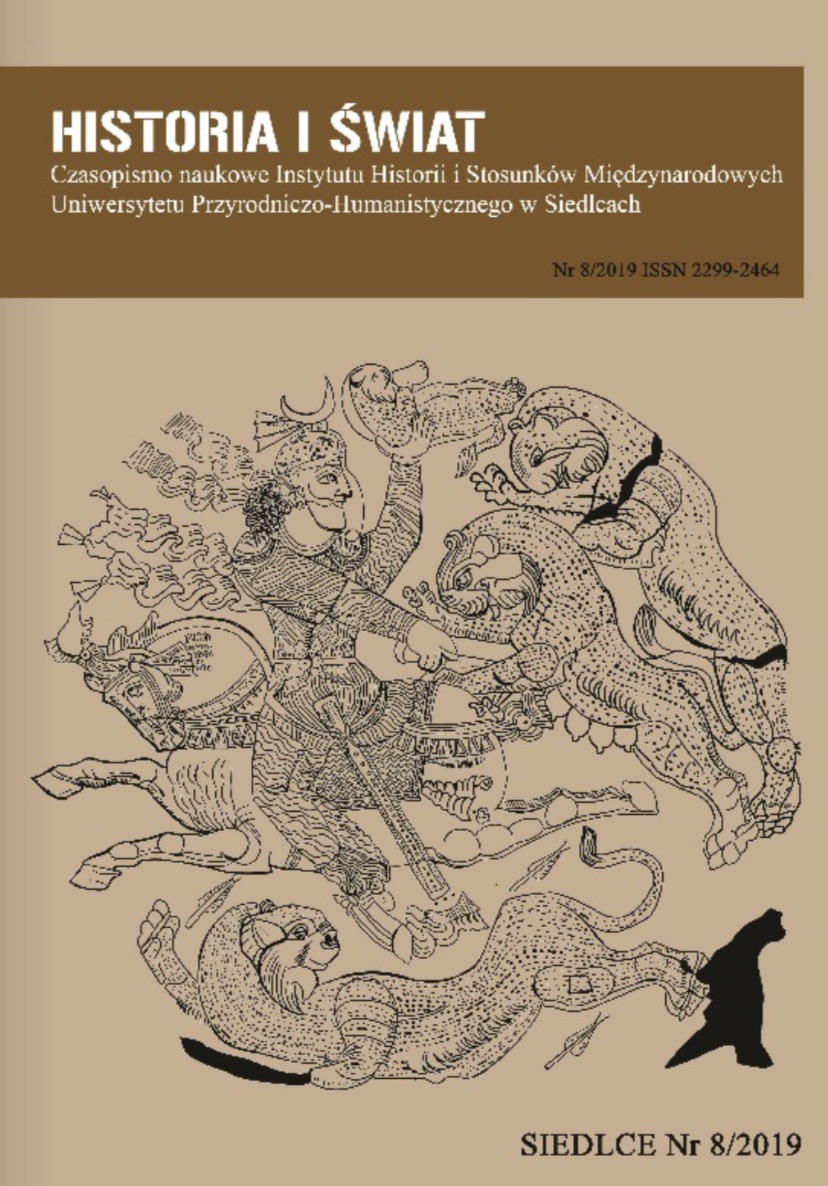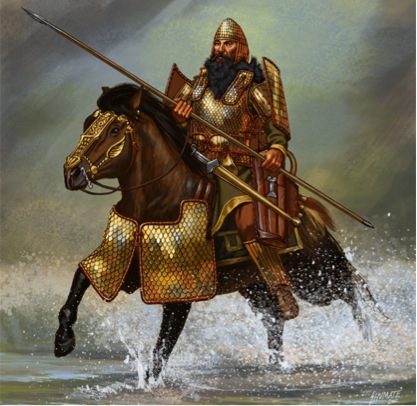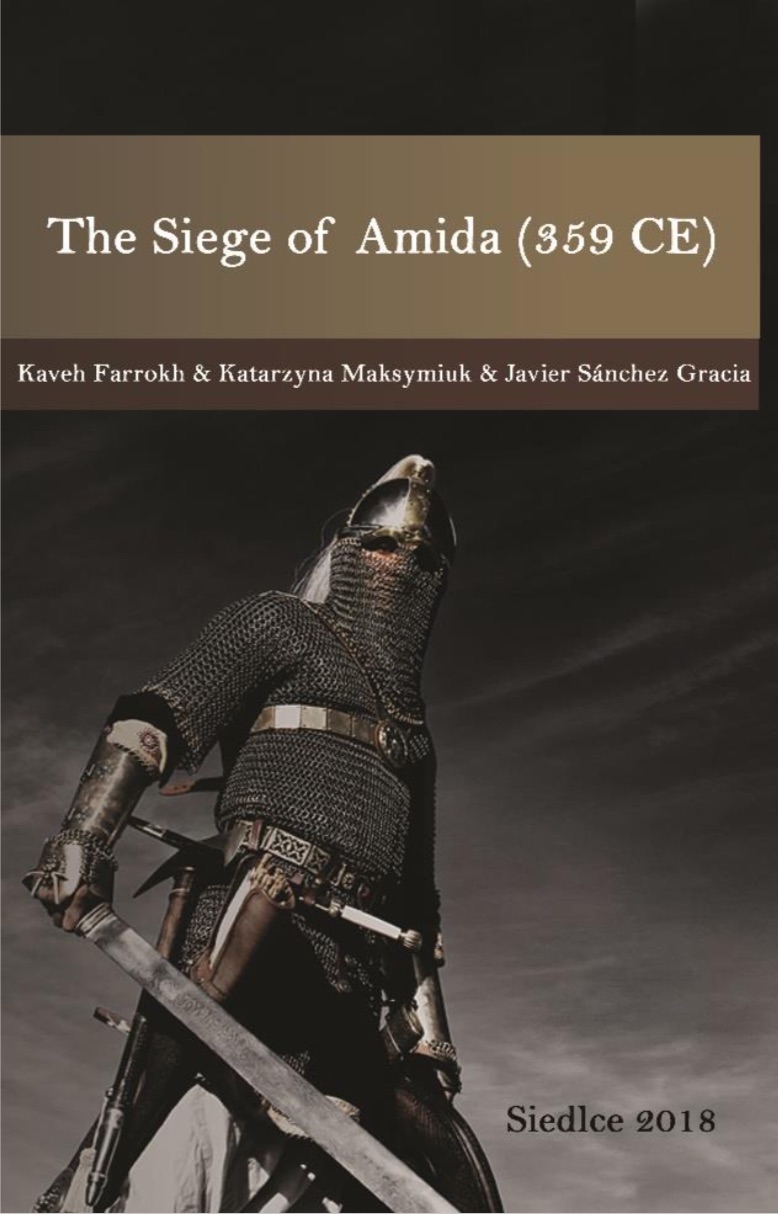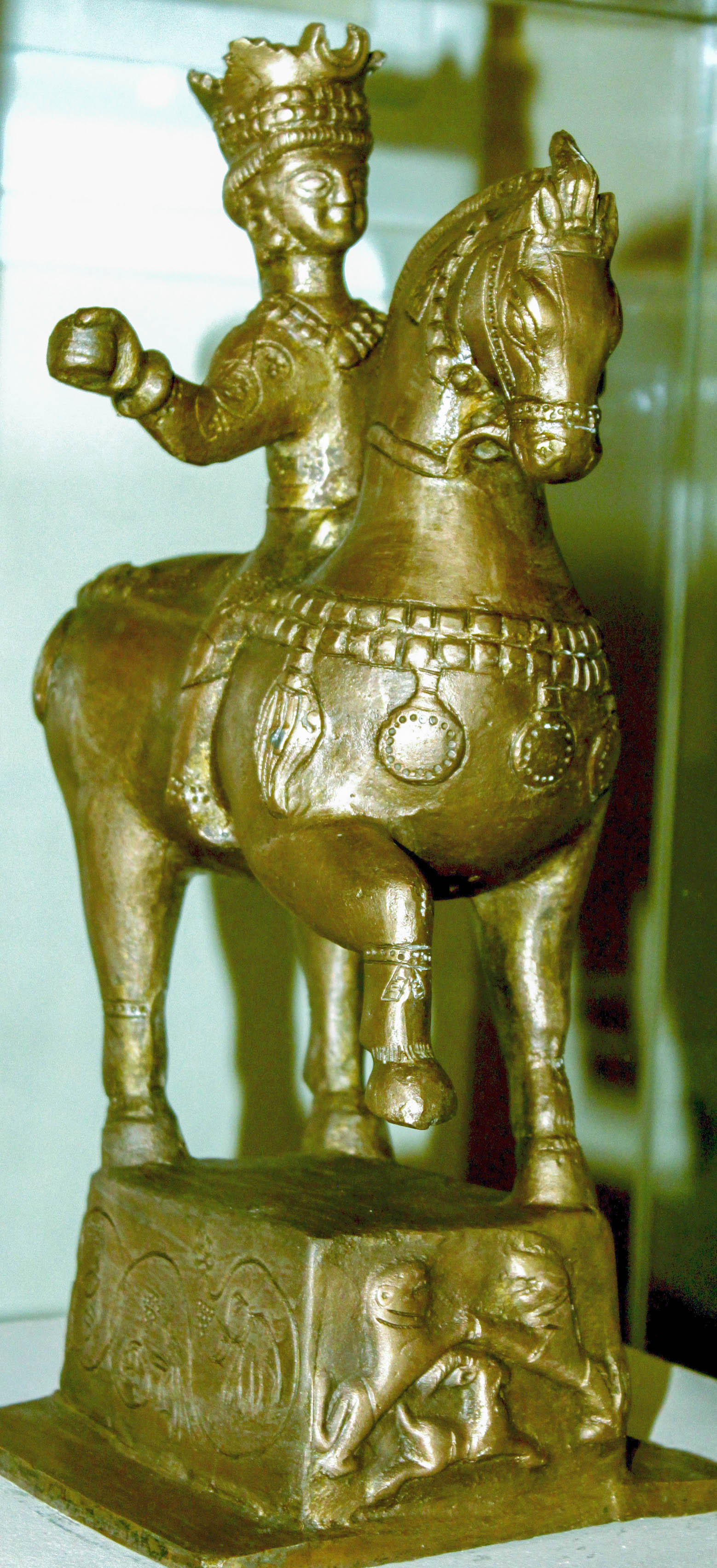The HISTORIA I ŚWIAT academic journal has published the following article by Kaveh Farrokh, Javier Sánchez-Gracia (HRM Ediciones, Zaragoza, Spain), and Katarzyna Maksymiuk (Siedlce University, Poland):

The article discusses the important role of ancient Albania, an ancient country in the Caucasus (in the modern-day Republic of Azerbaijan, first labelled with this appellation in May 1918) in the history of Iran. Albanian cavalry was serving with the later Achaemenid armies of Darius III (r. 336–330 BCE) at the Battle of Gaugamela (331 BCE).

An Albanian-Scythian cavalry commander from the late Achaemenid era (Source: Pinterest). Cavalry of this type from Albania fought for Darius III against Alexander at the Battle of Gaugamela (331 BCE).
Albania was transformed into a Sassanian province by Šāpūr I (c. 253) with the Albanians (notably their cavalry) becoming increasingly integrated into the battle order of the Sassanian Spah (army).

Book cover of “The Siege of Amida” authored by Kaveh Farrokh, Katarzyna Maksymiuk & Javier Sánchez-Gracia (2018) DC – click here to download in pdf from Academia.edu … The above image is a recreation by Ardashir Radpour of a Sassanian Savaran knight of the Hamharzan who were often supplied with the highest quality weaponry. Elite Albanian knights fighting alongside the Savaran would have resembled their comrade in arms with respect to attire, equipment and battle tactics. The above book was displayed at the 2018 ASMEA (Association for the Study of the Middle East and Africa) Conference’s LSS (Library of Social Sciences) display in Washington DC.
All along the Caspian coast the Sassanians built powerful defense works, designed to bar the way to invaders from the north. The most celebrated of these fortifications are those of Darband in Caucasian Albania.

A view of the Darband Wall (known commonly as Derbent; cited as Krevar in local dialects) in Daghestan, Northern Caucasus (Courtesy of Associates of Eduard Enfiajyan). The origins of the wall of Darband are generally attributed to Kavad I (r. 488-496, 498-530 CE) who after a two-year war (489-490 CE) ejected Khazar invaders rampaging Armenia and Caucasian Albania (modern Republic of Azerbaijan). Construction of the wall was continued by Khosrow I (r. 530-579 CE) and by the late 6th century CE, this had become a system of walls connecting a series of fortresses. Total length of the Darband wall is nearly 70 km, spanning the territory from the Caucasus Mountains to the Caspian Sea. The Wall of Darband or Derbent became a major military fortress shielding Iranian territories in the Caucasus and the historical Azarbaijan below the Araxes River from nomadic attackers along the northern Caucasus, most notably the Khazars.
Albania remained an integral part of the Sasanian army well into the empire’s final days as evidenced by the military exploits of Albanian regal prince Javanshir (Persian: Young Lion) and his cavalry who fought against the Arabo-Islamic invaders at the Battle of Qadissiya (637 CE) and after. Javanshir was a member of the Iranian Mehranid family related to the Parthian clans.

A copy of the 7th century CE statue of the Caucasian Albanian Prince Javanshir (Persian: Young Lion) discovered in Nakhchevan, southern Caucasus (the original statue is housed in the Hermitage Museum in St. Petersburg – the above copy of the original is in the Republic of Azerbaijan History Museum) (Source: Urek Meniashvili in Public Domain).



